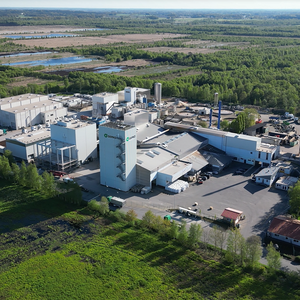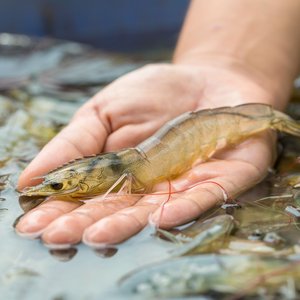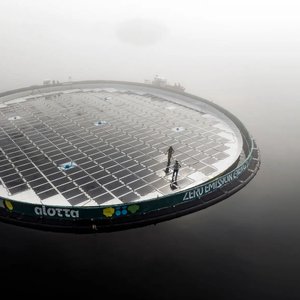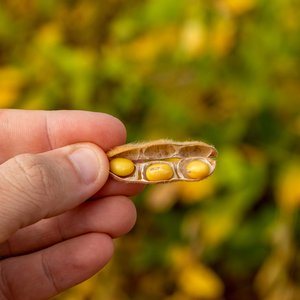The fish-farming industry’s increasing use of plant-based ingredients in feed could impact some of the health benefits of eating certain types of seafood, suggests a new analysis from the Johns Hopkins Center for a Livable Future (CLF) at the Johns Hopkins Bloomberg School of Public Health and McGill University.
The new study details the industry shift to crop-based feed ingredients, such as soy, corn, and wheat, to replace wild fish as a key ingredient in manufactured feed. The researchers—in collaboration with colleagues from the University of Minnesota’s Institute on the Environment—reviewed aquaculture and public health literature, and conducted a new analysis to estimate the environmental footprint for the top five crops used in commercial aquaculture feed.
“Farmed fish get their health-promoting omega-3 fatty acids, EPA and DHA, from their feed, and specifically from fish oil,” says study leader Jillian Fry, PhD, director of CLF’s Public Health and Sustainable Aquaculture Project and a faculty member at the Bloomberg School. “Our review found that increasing plant-based ingredients can change the fatty acid content in farmed fish, which can affect human nutrition.”
Considering that Americans are encouraged to consume seafood high in omega-3 fatty acids, which promote improved cardiovascular health and neurodevelopment, this has large implications for dietary recommendations and the aquaculture industry. More research is needed, they say, to better understand the impact of this shift in feed on the health benefits of consuming farmed fish.
While fish-based ingredients are seen as acutely limited, so are the resources such as land, water and fertilizer used to produce feed crops. Aquaculture’s environmental footprint likely now includes increased nutrient and pesticide runoff from the industrial crop production needed to supply fish food. This runoff is a key driver of water pollution globally, and can negatively impact public health. Depending on where and how feed crops are produced, plant-based fish feed could be indirectly linked to negative health outcomes for agricultural workers and nearby communities due to exposure to air, water or soil contaminated by nutrients and/or pesticides.
“Currently, only a small fraction of terrestrial agriculture is used to feed farmed fish. However, the aquaculture industry is growing rapidly. A clearer picture is needed of where and how these crop-based feed ingredients are produced so we can assess the implications of this growing industry for agriculture and the environment,” says Graham MacDonald, Assistant Professor in the Department of Geography at McGill University.
Fry says that these new findings may raise more questions than they answer.
“The nutritional content of farmed fish should be monitored,” Fry says. “The aquaculture industry should assess the environmental footprint and public health impacts of their crop-based feed ingredients and seek those produced using sustainable methods.”
“Environmental Health Impacts of Feeding Crops to Farmed Fish” written by Jillian P Fry, David C Love, Graham K MacDonald, Paul C West, Peder M Engstrom, Keeve E Nachman, and Robert S Lawrence will be published in Environment International, doi:10.1016/j.envint.2016.02.022










